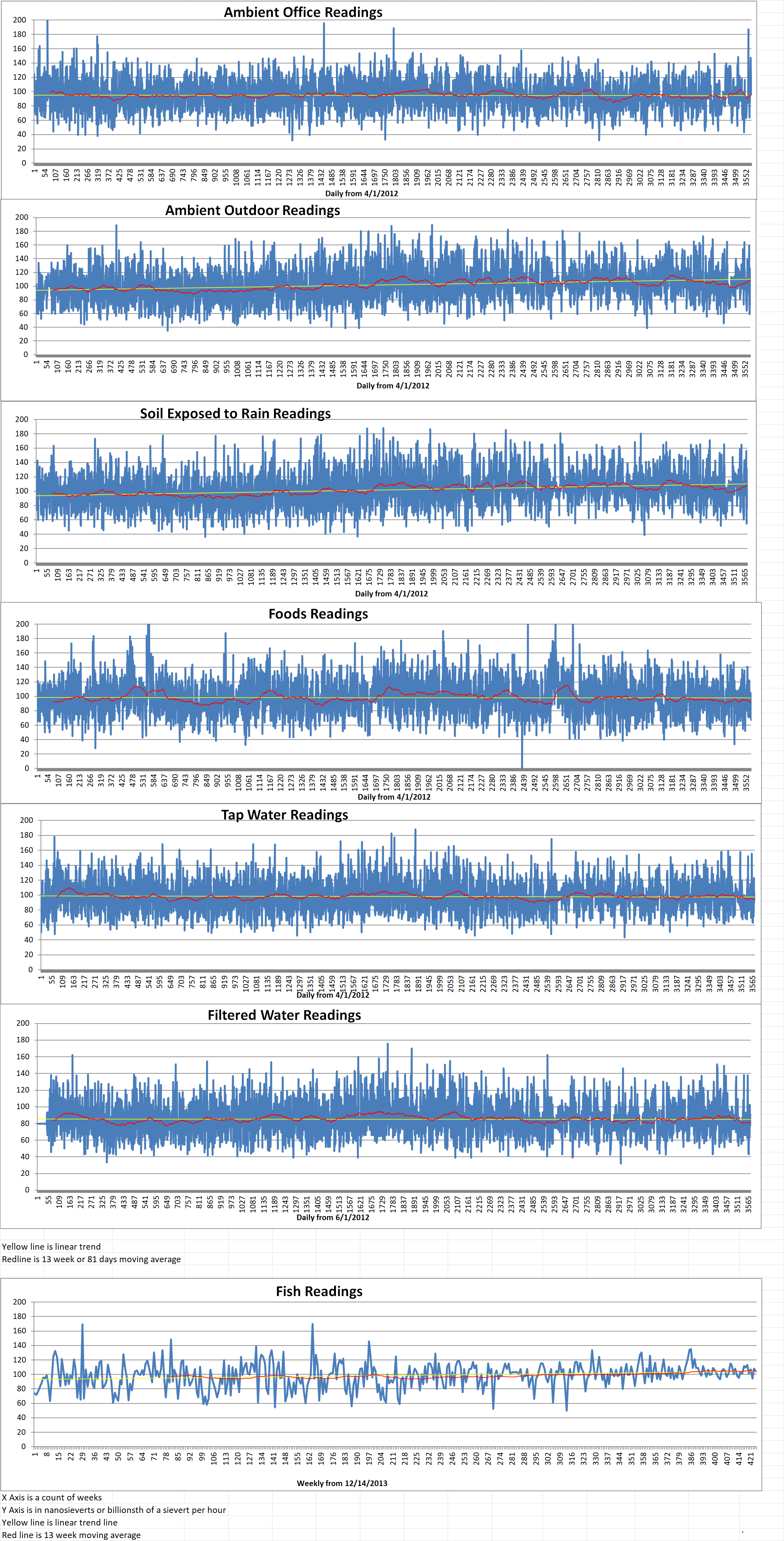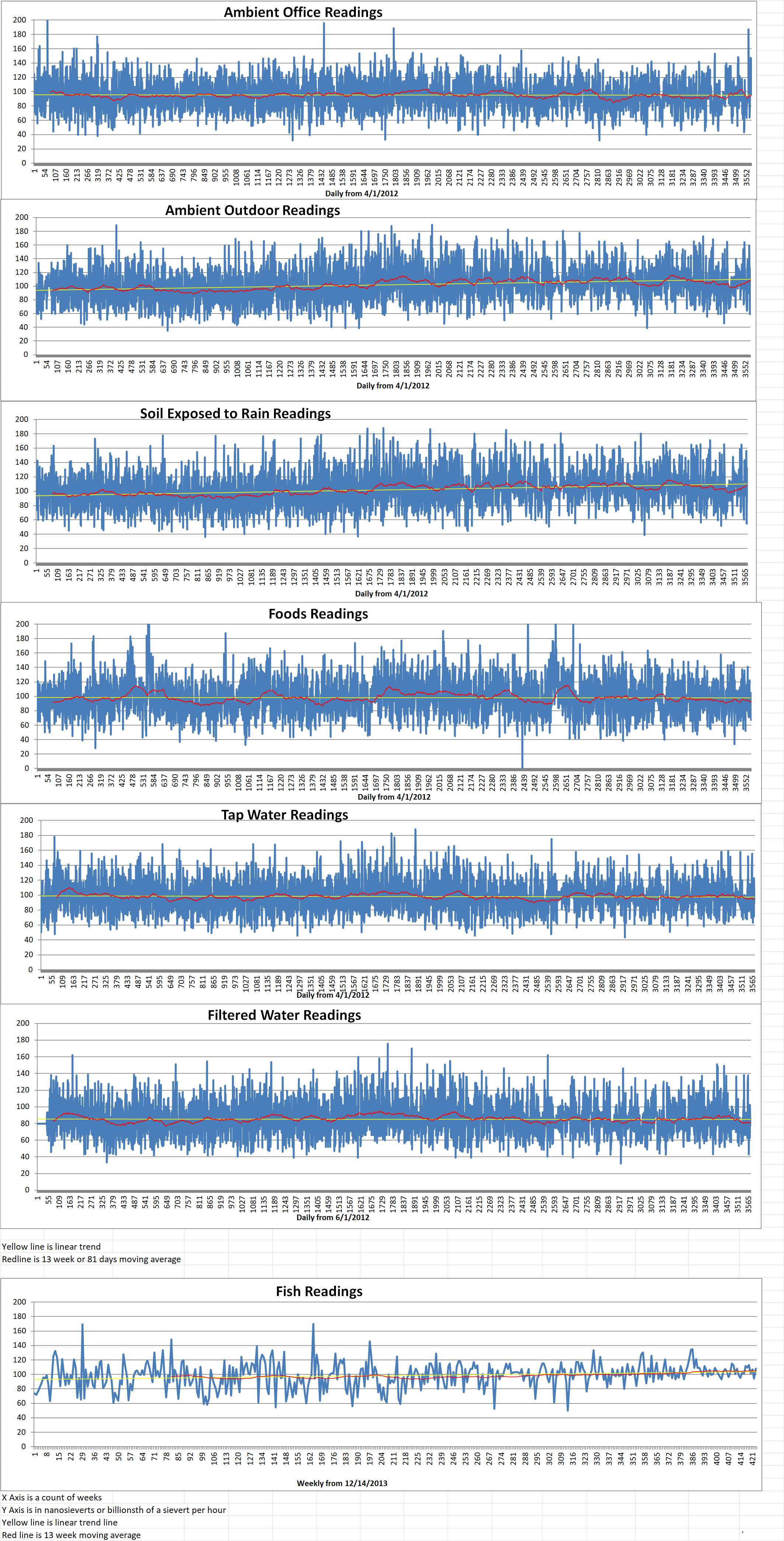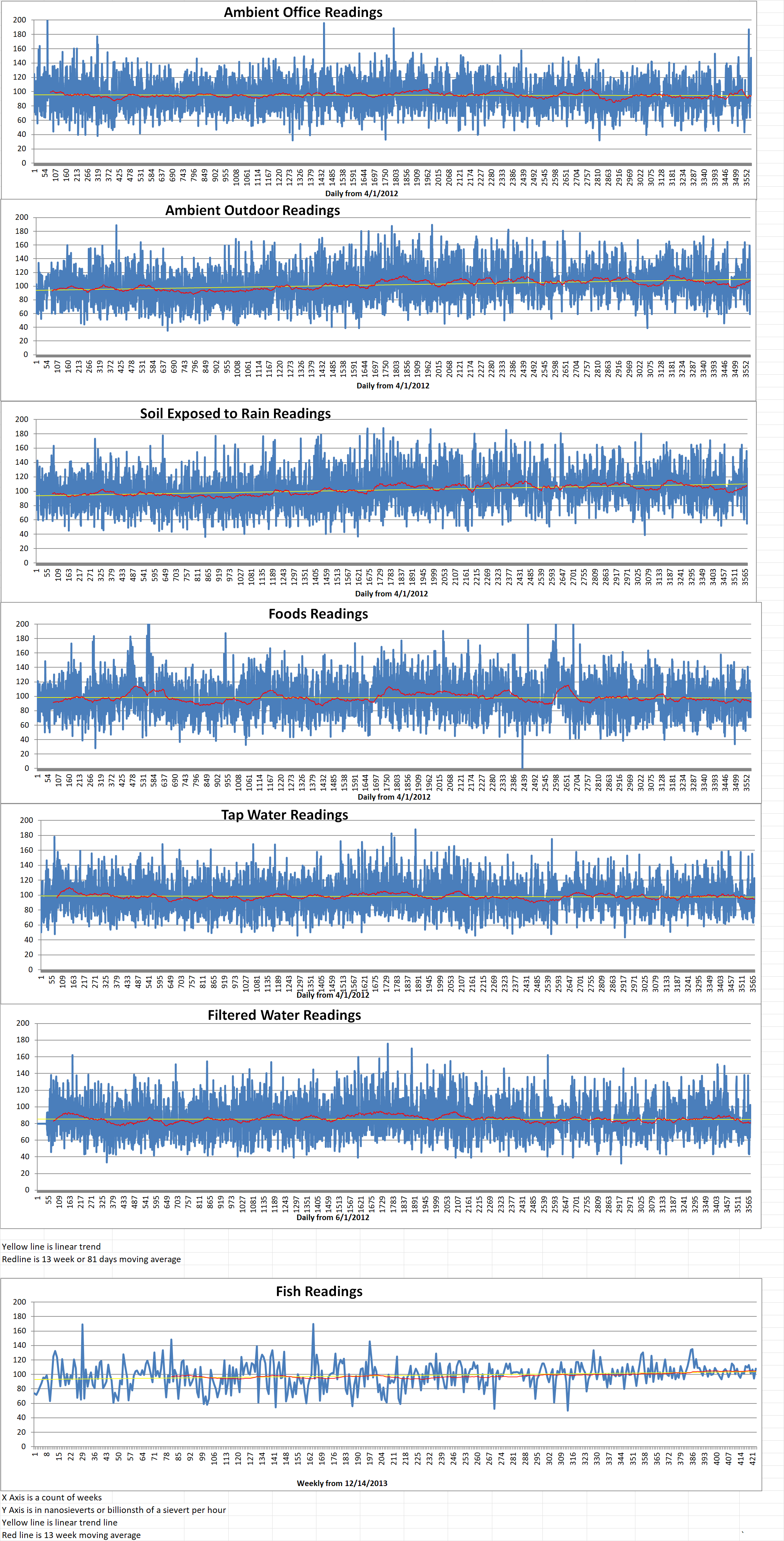Part 2 of 2 Parts (Please read Part 1 first)
Hans Kristensen of the FAS said, “One of the things they have talked about is protecting the deterrent against Russia’s improved cruise missiles capabilities. So, they could be trying to beef up the readiness of more sites without them necessarily receiving nukes, so that they have the options to move things around in a contingency if they need to.”
Britain has become enthusiastic about taking a more assertive role when it comes to its own nuclear deterrent. Last year it announced that it would increase its own stockpile of Trident nuclear warheads by forty percent to two hundred and sixty. This is the first such increase since the end of the Cold War in 1991. U.K. government sources say that the U.K. has a “clearer appreciation” of its role as a nuclear weapons state in a renewed era of state competition with Russia and China.
The U.K. Ministry of Defense (MoD) made no comment on the upgrade mentioned in the U.S. budget request. One U.K. official said, “We won’t provide anything on this as it relates to the storage of nuclear weapons.” However, the news comes just four months after the arrival in Lakenheath of the first of a new generation of nuclear-capable U.S. combat aircraft, the F-35A Lightening II, the first such deployment in Europe.
Daryll Kimball is the executive director of the Arms Control Association (ACA). He said that the upgrade of the U.K. storage facilities is “an early sign that the US and NATO are preparing to engage in a protracted and maybe heightened standoff with Putin’s Russia. The administration should provide some clarity about the military necessity and goals of possibly bringing nuclear weapons back to the UK.
The developments in Europe are part of a broader retreat from arms control. The Biden administration’s nuclear posture review has been sent to Congress but not yet declassified. It is reported that it does not contain the changes pledged during his campaign.
In 2020, Biden said that he would formally declare the sole purpose of nuclear weapons to be deterrence of a nuclear attack against the U.S. or its allies. However, the review does leave open the possibility of using nuclear arms to respond to non-nuclear threats as well.
The nuclear disarmament group Campaign for Nuclear Disarmament (CND) said that the “quiet announcement” by the U.S. amounted to more militarization at a time of growing risk. It would add to the risks faced by the U.K. citizens. Kate Hudson is the general secretary of the CND. She said that she feared that it could lead to U.S. warheads being deployed in the U.K. She added that “Nuclear weapons don’t make us safe – they make us a target.”
The movement to ban nuclear weapons worldwide was gaining momentum and many nations were signing onto the project. Unfortunately, that did not include any of the nuclear armed nations. Now with the Russian belligerence and threat of the use of nuclear weapons, global disarmament hopes have been dashed.






